Government Partners
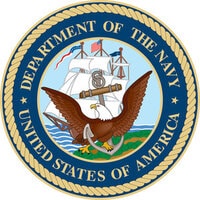
UNITED STATES NAVY
The mission of the United States Navy is to protect America’s maritime interests by maintaining, training, and equipping combat-ready Naval forces capable of winning wars, deterring aggression, and ensuring freedom of the seas. To achieve this, the Navy requires the most advanced technology in Automatic Test Equipment (ATE) and innovative solutions like Intermittent Fault Detection & Isolation Systems (IFDIS).
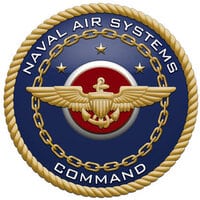
FLEET READINESS CENTER SOUTHWEST
FRCSW traces its heritage to 1919, when the Navy began repairing aircraft at what is now known as Naval Air Station North Island. Since its humble beginnings almost a century ago, the facility has been at the forefront of weapon system sustainment, providing innovative Naval Aviation maintenance solutions utilizing the latest technologies. Today, as the Navy’s premiere west coast Maintenance, Repair, and Overhaul (MRO) facility, FRCSW specializes in the maintenance, engineering and logistics support for a wide range of high-performance aircraft; servicing more than 225 airframes and 35,000 components annually.
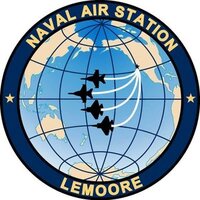
NAVAL AIR STATION LEMOORE
Commissioned in 1961, NAS Lemoore is the newest and largest Master Jet Base in the U.S. Navy. It has two offset parallel runways 4,600 feet (1,400 m) apart. Aircraft parking and maintenance hangars are aligned between the 13,500-foot (4,100 m) runways. Separated from the hangars by underpasses beneath taxiways A & C, the remainder of the air operations area is located directly southeast.
In July 1998, NAS Lemoore was selected as the West Coast site for the Navy’s newest strike-fighter aircraft, the F/A-18E/F Super Hornet. This action brought approximately 92 additional aircraft, 1,850 additional active duty personnel and 3,000 family members to NAS Lemoore and several associated facility additions or improvements.
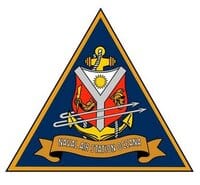
NAVAL AIR STATION OCEANA
Naval Air Station Oceana is the Navy’s East Coast Master Jet Base, home to F/A-18 Hornets and Super Hornets. The primary mission of the Naval Air Station Oceana is as a Shore-Based Readiness Integrator, providing the facilities, equipment and personnel to support shored-based readiness, total force readiness and maintain operational access of Oceana-based forces.
The base, including Dam Neck Annex, has about 10,500 active Navy personnel, about 10,000 family members and 4,500 civilian personnel, making NAS Oceana the second largest employer in Virginia Beach after JEB Little Creek/Fort Story. Oceana also hosts the largest Fleet Replacement Squadron, VFA-106, with about 1500 personnel assigned.

NAVAL SURFACE WARFARE CENTER CRANE
NSWC Crane provides technical engineering solutions and total lifecycle leadership for many of the systems that protect and enable the Warfighter. Every decision we make, technology we create or business relationship we foster is performed with the fighting man and woman in mind. NSWC Crane has concentrated its resources and core competencies in the 3 mission areas which best support the Warfighter. These are our mission-critical focus areas:
Strategic Missions – Deter, Defend, Defeat; Electronic Warfare – Control the Spectrum, Control the Fight; Expeditionary Warfare – Rapid Response, Proven Solutions
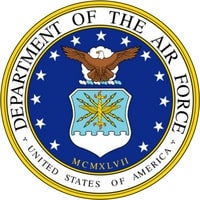
UNITED STATES AIR FORCE
The mission of the United State Air Force is to fly, fight and win…in air, space and cyberspace.
To achieve that mission, the Air Force has a vision of Global Vigilance, Reach and Power. That vision orbits around three core competencies: developing Airman, technology to war fighting and integrating operations.
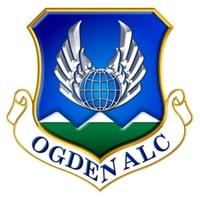
OGDEN AIR LOGISTICS COMPLEX
Ogden Air Logistics Complex (OO-ALC) is the major organization at Hill AFB and aims to be America’s best warfighter sustainment organization. It is one of three such centers assigned to the Air Force Materiel Command, headquartered at Wright-Patterson AFB, Ohio. It is the largest employer in Utah, with more than 23,500 civilian, military, and contractors supporting an estimated 7.5 million production hours.
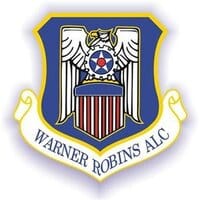
WARNER ROBINS AIR LOGISTICS COMPLEX
Warner Robins Air Logistics Complex (WR-ALC) performs sustainment and depot maintenance on a number of US Air Force weapon systems. Specifically it supports AC-130, C-5 Galaxy, C-17 Globemaster III, C-130 Hercules, E-8 Joint STARS, EC-130, F-15 Eagle, HC-130, HH-60 Pave Hawk, MC-130, MH-53 Pave Low, RQ-4 Global Hawk, U-2 Dragon Lady, and UH-1 Iroquois aircraft. To accomplish its mission the center employs nearly 13,000 people.

UNITED STATES ARMY
The mission of the U.S. Army is to fight and win our Nation’s wars, by providing prompt, sustained, land dominance, across the full range of military operations and the spectrum of conflict, in support of combatant commanders.
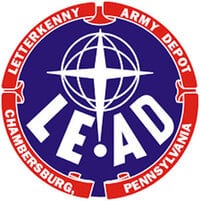
LETTERKENNY ARMY DEPOT
Letterkenny Army Depot (LEAD), the Center of Industrial and Technical Excellence (CITE) for Air Defense and Tactical Missile Systems, was established in 1942. The Depot is under the command structure of the U.S. Army Aviation and Missile Command (AMCOM). The facilities at Letterkenny are used to conduct maintenance, modification, storage, and demilitarization operations on tactical missiles and ammunition.

LETTERKENNY MUNITIONS CENTER
Letterkenny Munitions Center (LEMC) conducts regional and contingency distribution of munitions, precision-guided munitions maintenance and munitions demilitarization for Army requirements in support of all DoD and international partners to provide readiness to the Warfighter.

ROYAL AUSTRALIAN AIR FORCE
The Royal Australian Air Force (RAAF) is the Air Force branch of the Australian Defense Force. The RAAF was formed in March 1921. It continues the traditions of the Australian Flying Corps which was formed on 22 October 1912. The RAAF has taken part in many of the 20th century’s major conflicts including both World Wars, the Korean War and the Vietnam War. More recently the RAAF participated in the 2003 invasion of Iraq.
The motto on the RAAF’s coat of arms is the Latin phrase Per ardua ad astra, which means “Through Struggle to the Stars”.